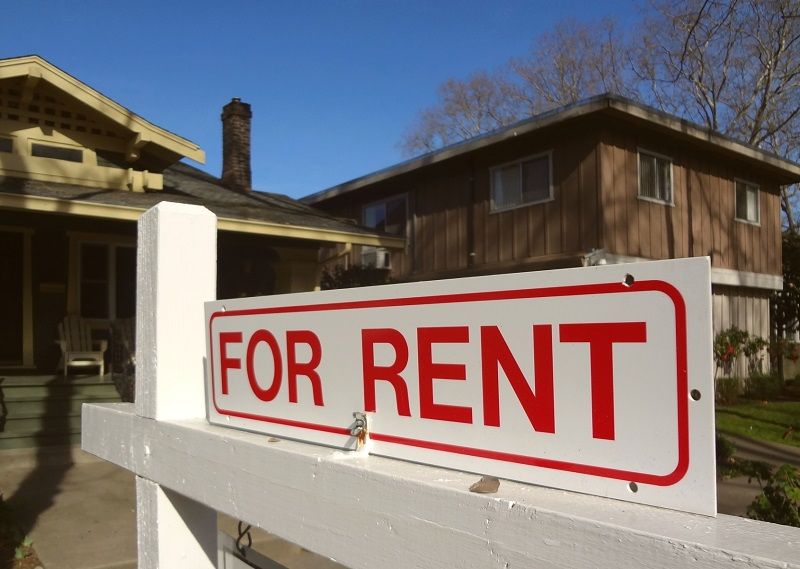

The Personal Responsibility and Work Opportunity Reconciliation Act of 1996 converted a national entitlement program, AFDC, into a collection of block grants for the states called TANF, giving each state a greater flexibility and a chance to help move welfare recipients into workplace. Some states like Idaho and Maryland used this opportunity well and came out with flying colors, while others like Vermont and Missouri performed dismally.
According to Heartland Institute’s State Welfare Report Card 2008, Oregon’s overall rank is 40th among the states, with a decline of 53.3% in the welfare rolls and a D- grade. This survey is the first one to rank and grade states by the success of their anti-poverty efforts and reform policies.
Some of the interesting findings for Oregon are: First, though the state requires most TANF recipients to work or engage in work-related activities right after they become recipients, the workforce participation rate among the TANF recipients in Oregon is one of the lowest in the country.
Second, though there is good coordination of welfare and other social services here, 75% or $1.1 billion in Earned Income Tax Credit (EITC) benefits (which is one of the largest federal programs for low-income Americans) remain unclaimed in Oregon. The EITC is a successful employment incentive for low-income workers but is extremely underutilized in Oregon.
Why did Oregon get a D-? There can be two reasons for this: Either the state DHS leadership is not innovative enough, or they don’t understand the poor in Oregon at all.
© 2008, Cascade Policy Institute. All rights reserved. Permission to reprint in whole or in part is hereby granted, provided the author and Cascade Policy Institute are cited. Contact Cascade at (503) 242-0900 to arrange print or broadcast interviews on this topic. For more topics visit the QuickPoint! archive.











